In your search for the best material to use for your countertops, you come across a couple that looks equally convincing but has a hard time picking between the two of them — quartz and marble. To an untrained eye, these two materials will look quite similar and almost impossible to tell apart. But if you pay closer attention to the subtle nuances of quartz and marble, you will discover two very distinct materials that perform differently when used as countertops.
For your next kitchen remodel, before spending thousands of dollars for countertops, you should consider the benefits and downsides of these two countertop materials — lest you make a purchase that does not get you the results you were looking for. Whether it is price, durability, or appearance that is the priority for your kitchen countertops, quartz and marble are wildly different and can be used in their own unique ways to spice up your kitchen.
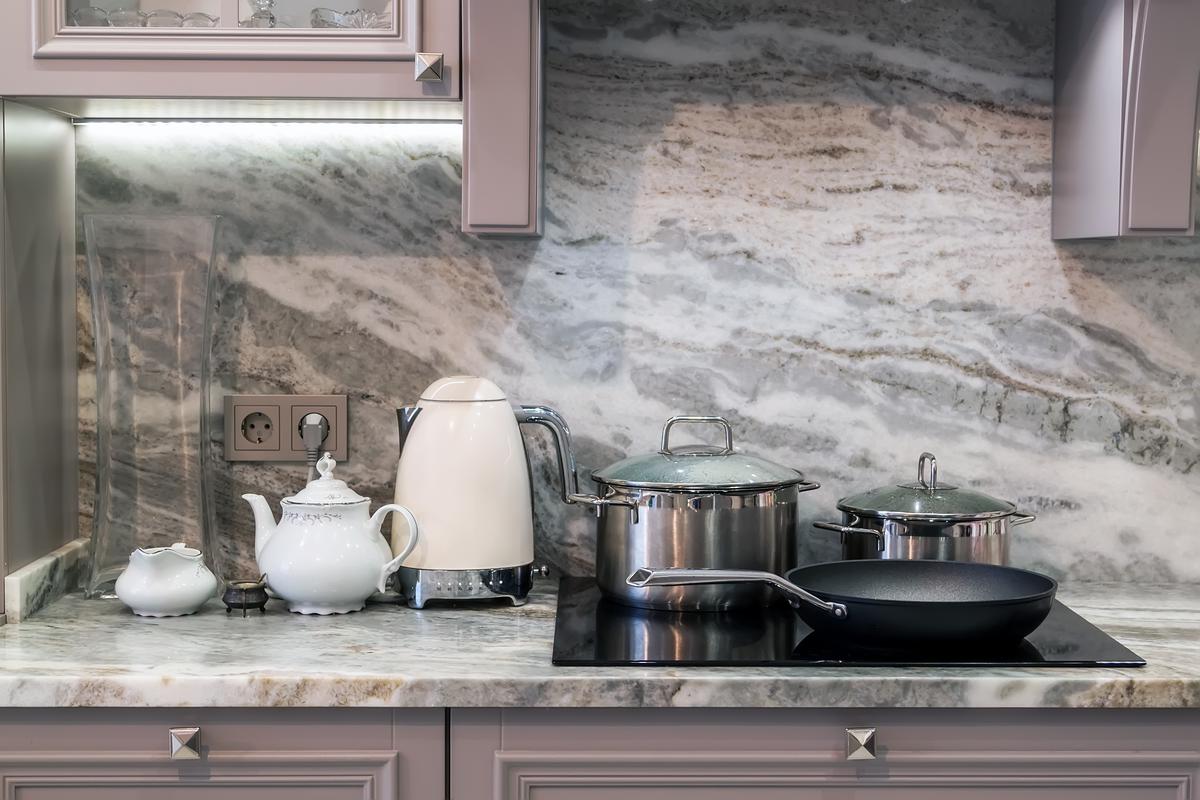
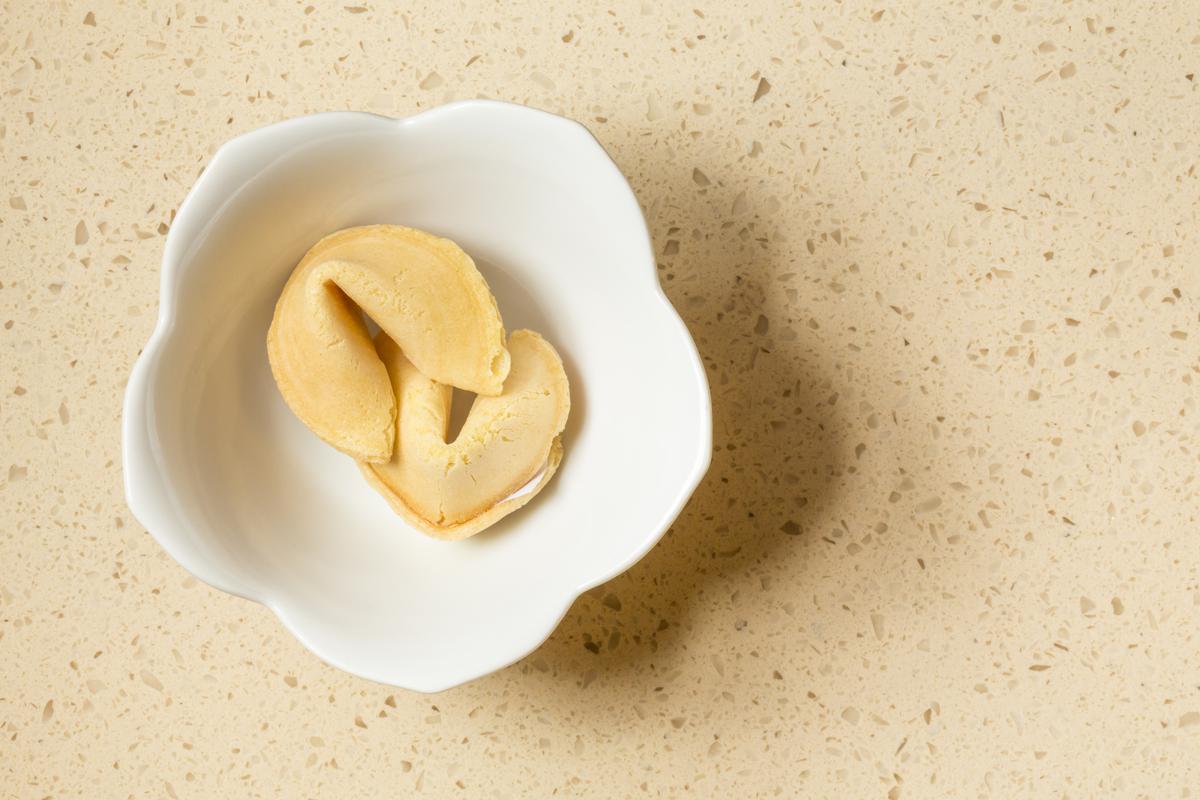
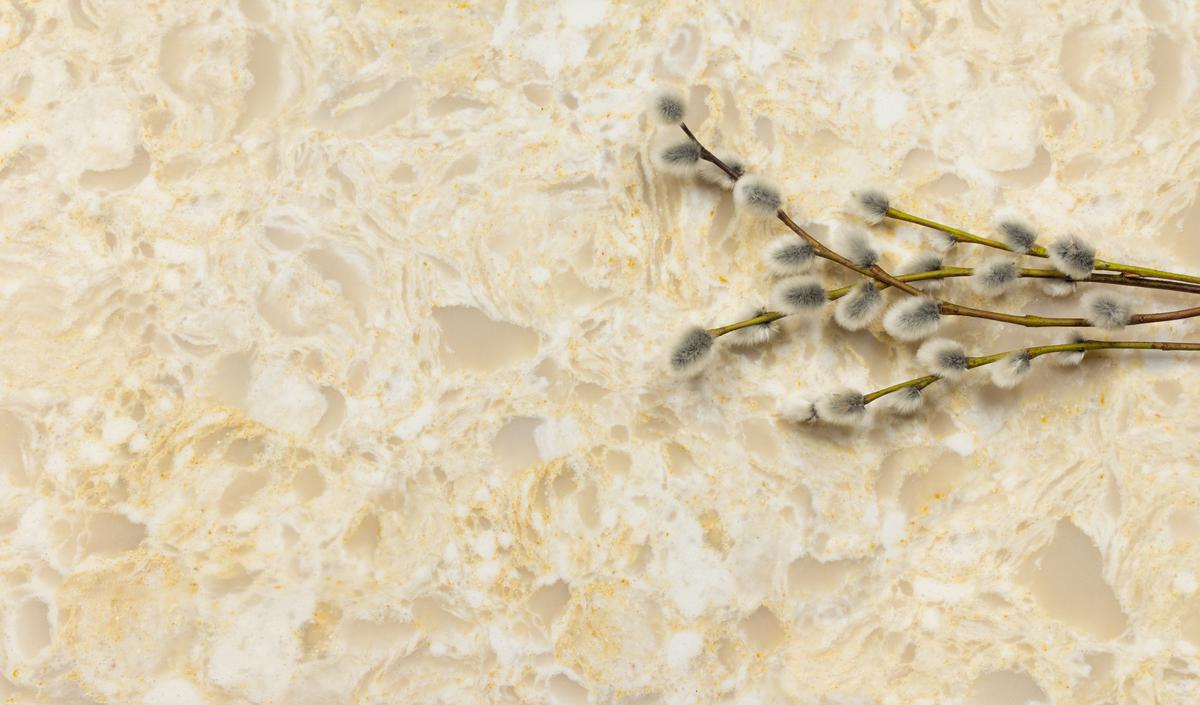
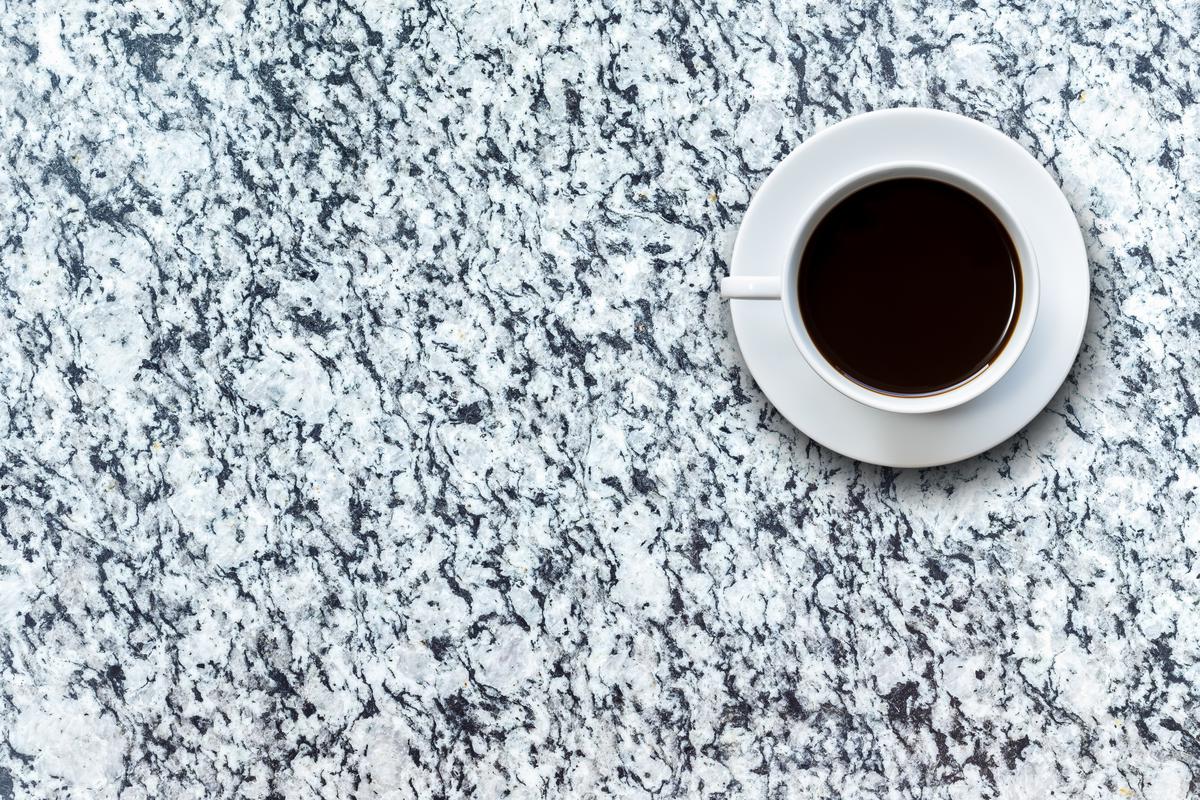
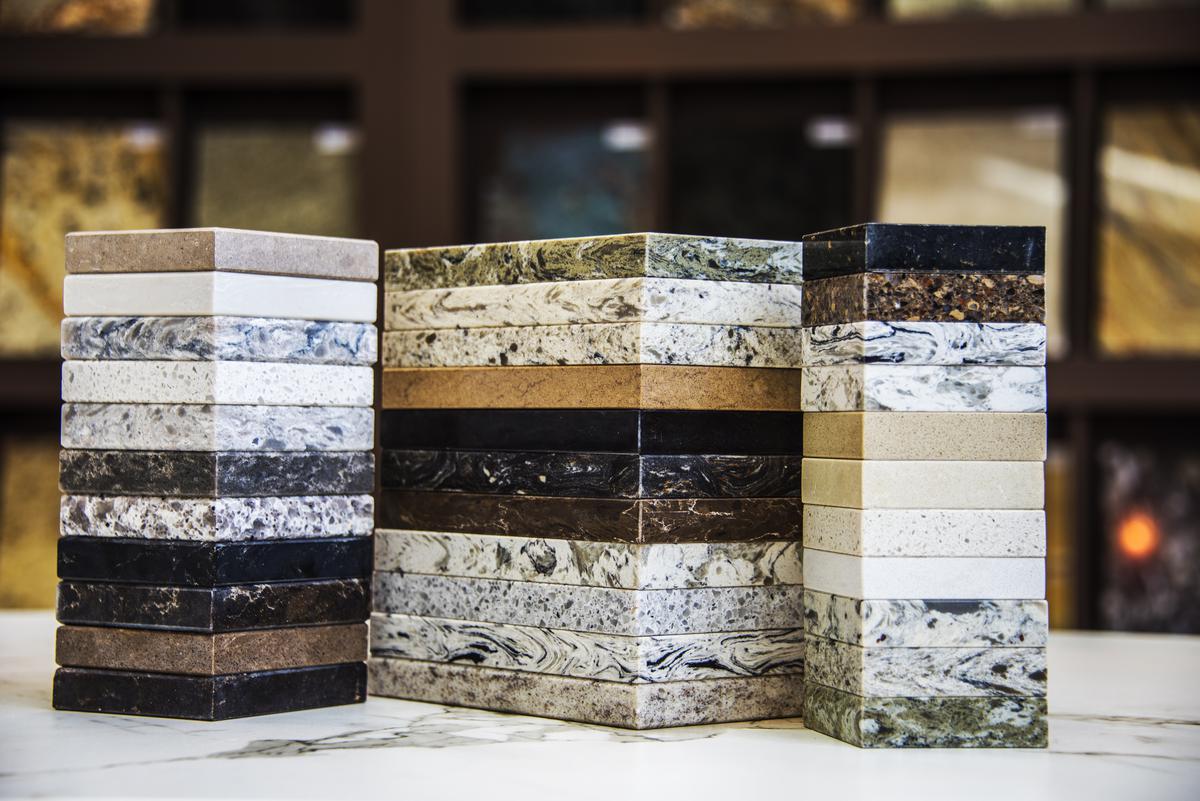
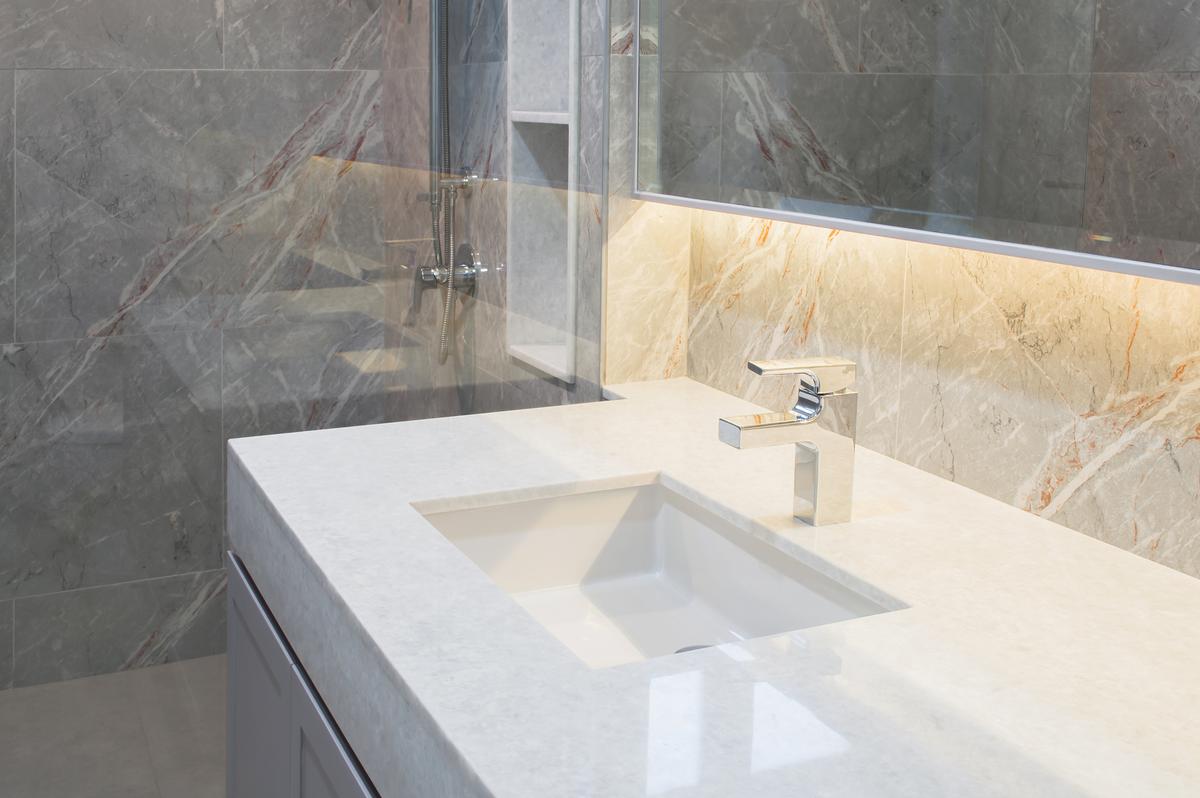
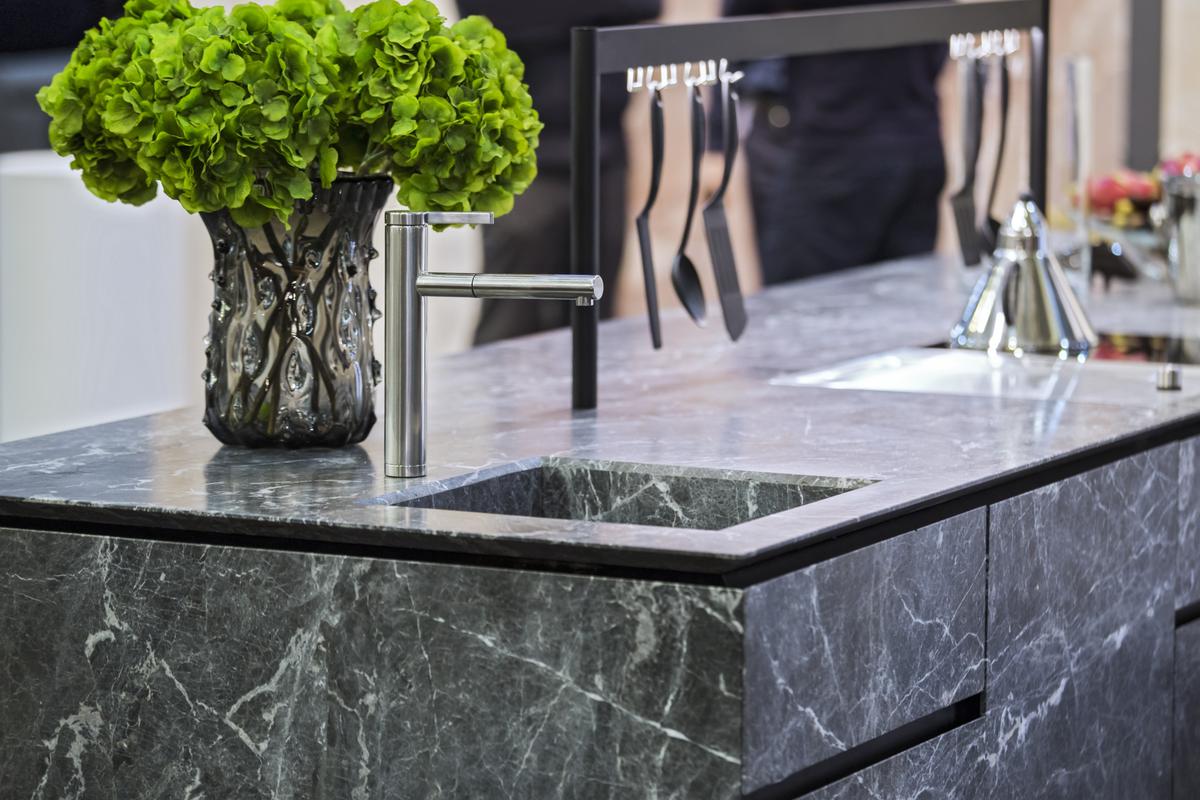
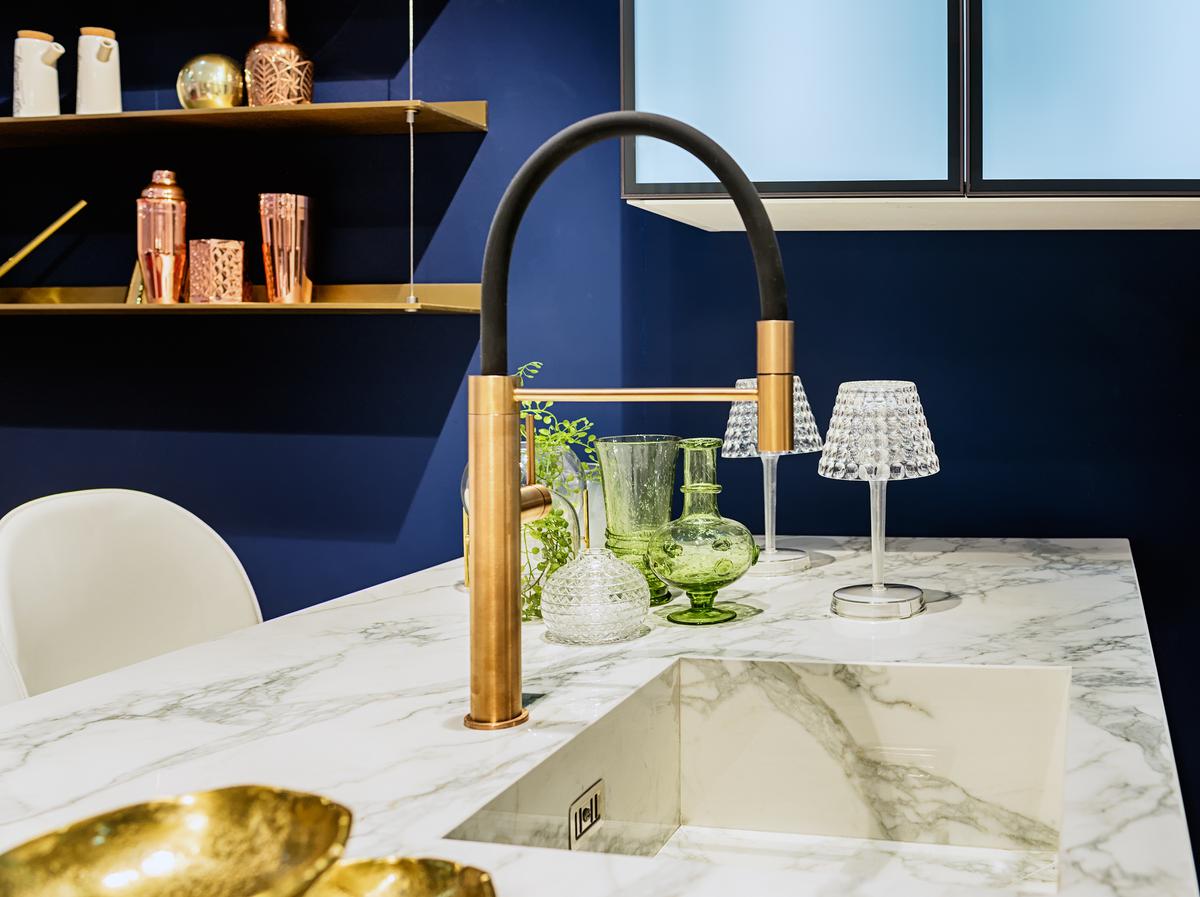
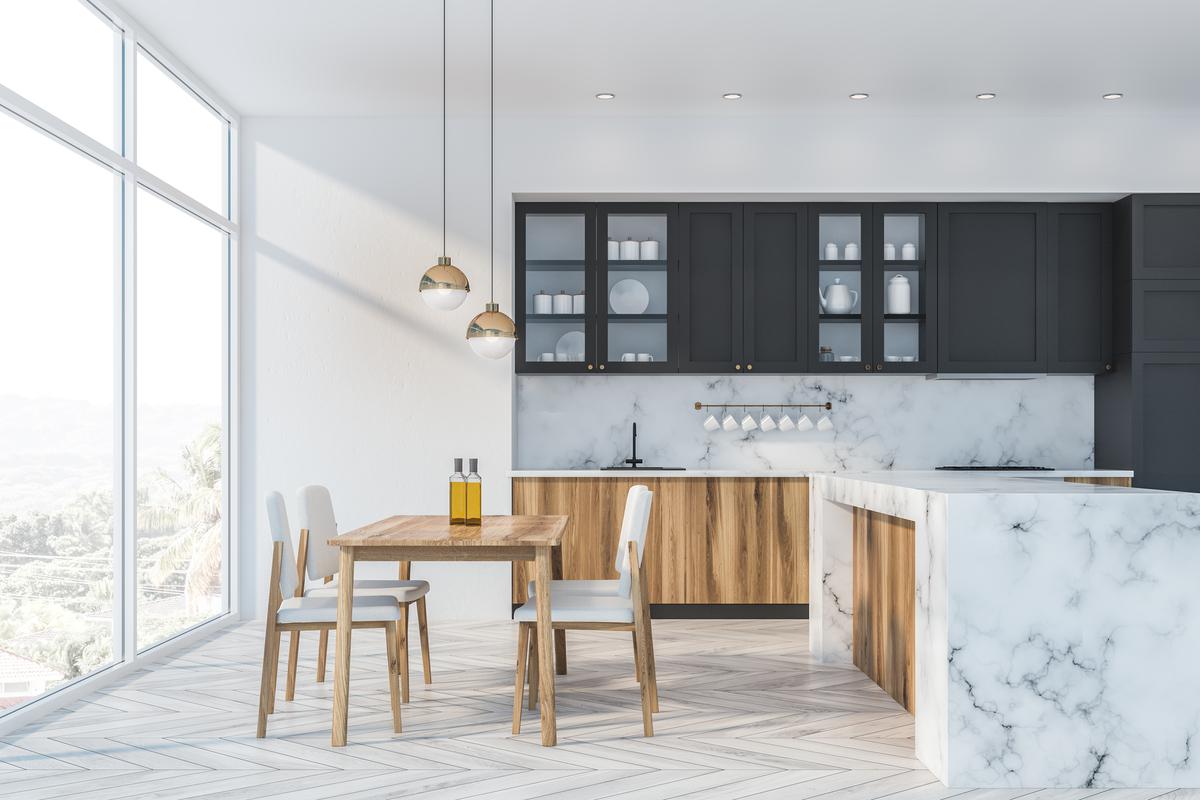
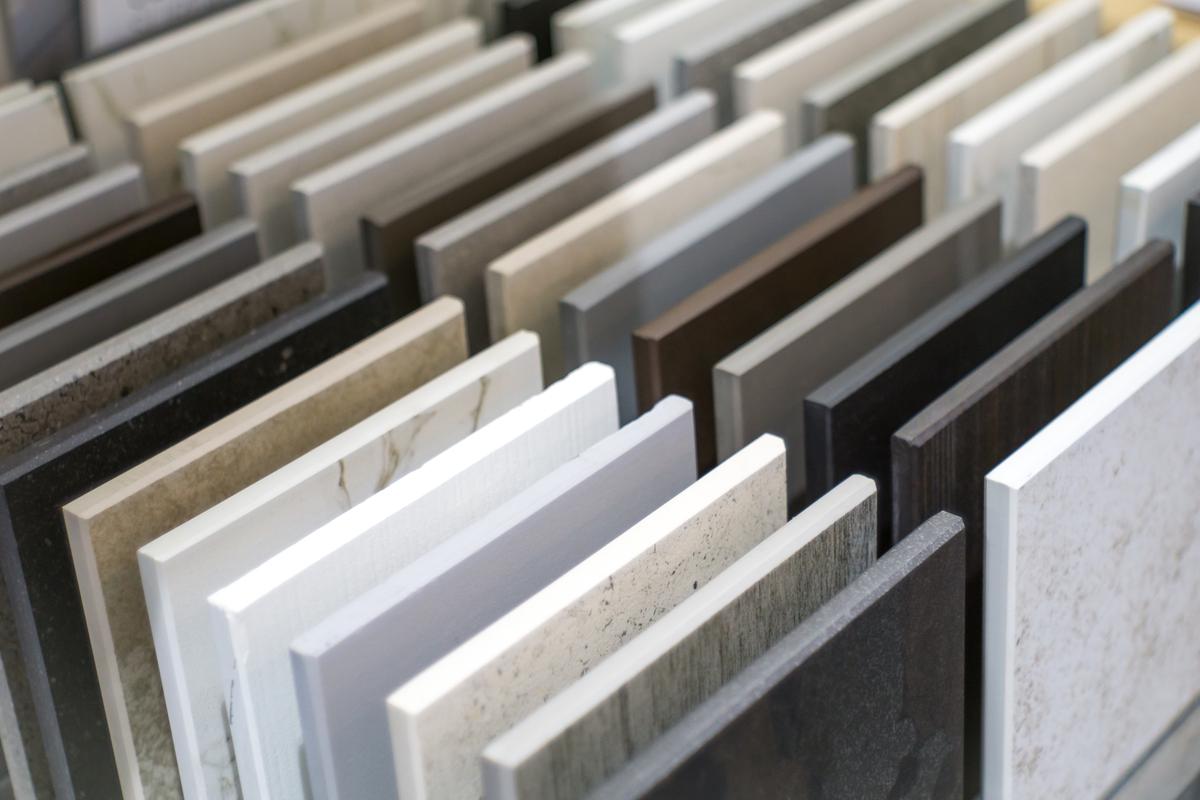
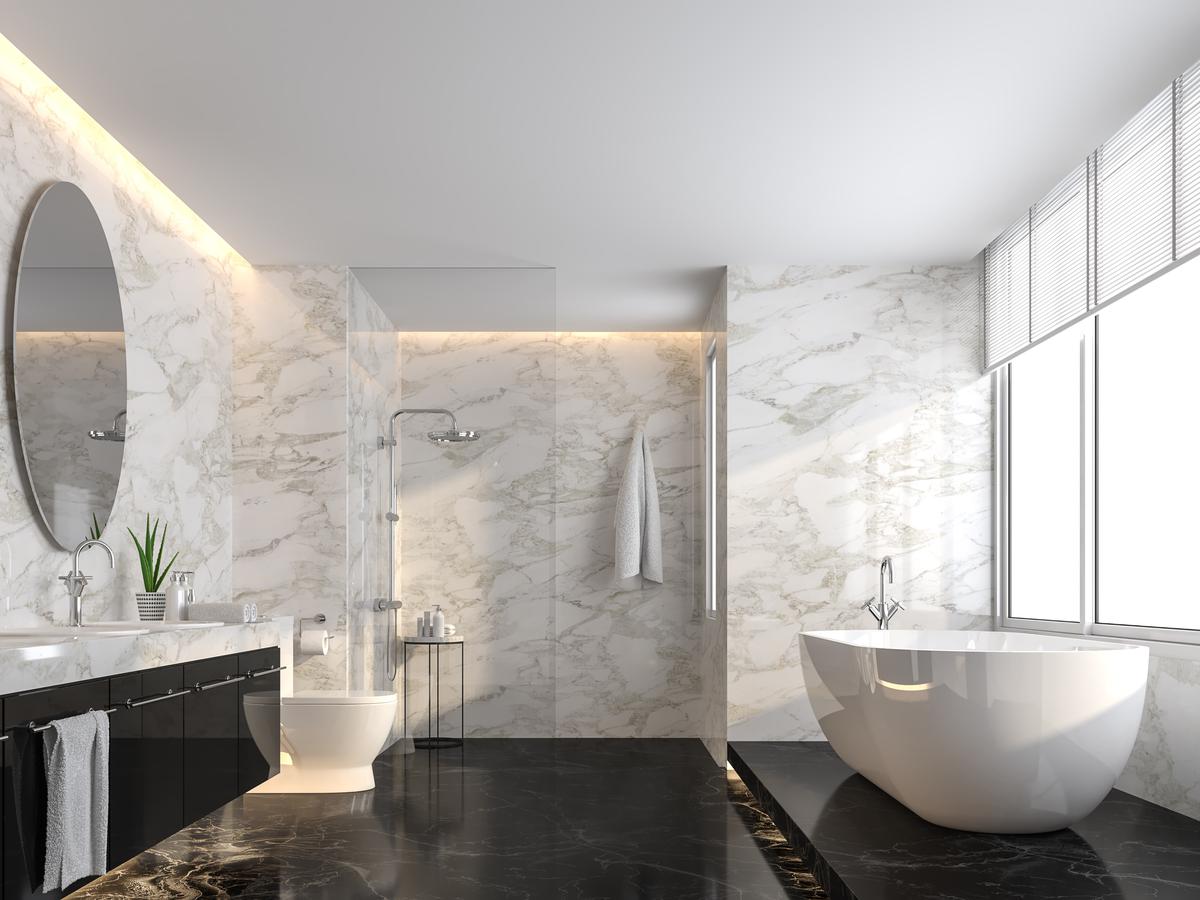

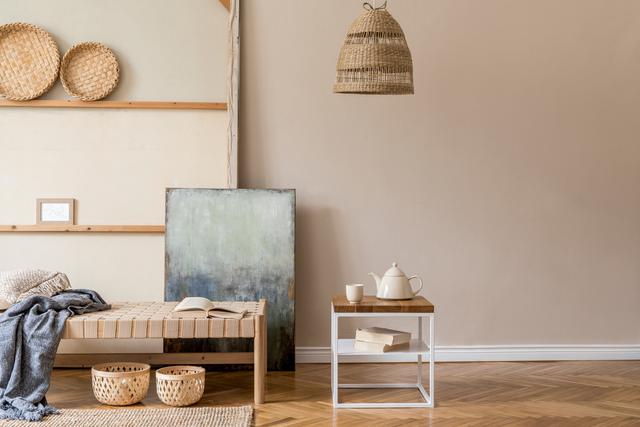
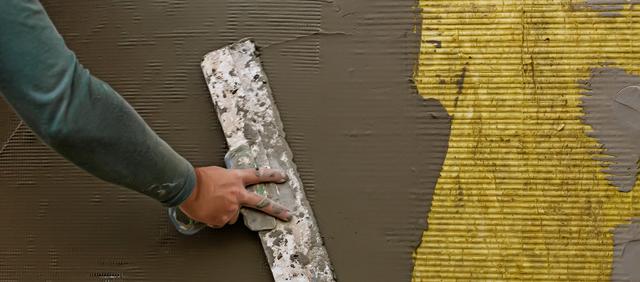
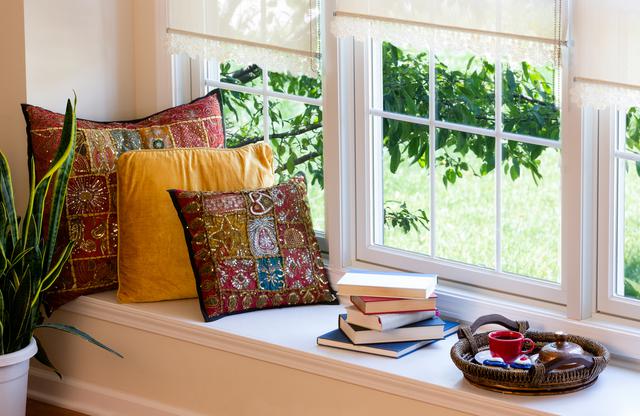
comments